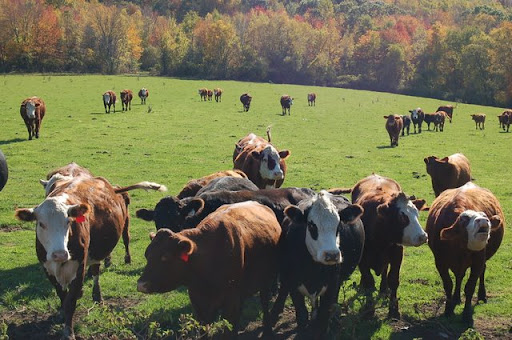Every July 4th (or thereabouts, depending on when the holiday falls), the family gathers at my grandparents' house on Cape Cod. And by 'family', I mean the lot of us - aunts, uncles, grandparents, cousins, brothers, friends, etc. This past 4th, there were 20 people there, which is actually one of the smaller gatherings we've had - over the years, as the family has grown, various factions have moved farther away or have other responsibilities. Whomever can come does, and those that can't make it we hope to see next year (though we'll see them in a month or so as well - family gatherings are a common occurrence). And every 4th my grandfather organizes the "luau", by which he means a traditional New England lobster and clam bake. There's actually something quite funny here - you have an Italian-American family cooking a traditional American meal and calling it by a name usually associated with pineapples, pig-on-a-spit, and grass skirts. Not sure why my grandfather started calling it a luau, but that is its official name. So if I ever invite you to the Cape for a luau, you can leave the plastic flower lei at home.
The main menu for the luau includes shrimp, lobster, chicken, steamers, potatoes, corn, carrots, and onion. The shrimp get served two ways - as shrimp cocktail and sauteed in olive oil and garlic (really, what's a luau without olive oil and garlic?). The rest get thrown together into some lobster pots along with some corn husks and garlic (again, you gotta have the garlic). Actually, "thrown together" isn't really correct - each item is placed into a pot in a particular order, all of which is orchestrated by my grandfather. Honestly, the order of things isn't that important, but you have to make sure that things are evenly distributed and that there is enough space between everything so they cook together. A couple of lobsters, a potato and onion, a few carrots, a couple cloves of garlic, a piece of chicken, some corn (halved) and some corn husks. Repeat until all the food is in the pots. Turn on the gas and cook until done. When is that? When the last potato you put on top is tender enough you can slide a knife easily into it. Somewhere between 1 and 2 hours. Throw the steamers on top during the last 15 minutes or so.






The rest of the celebration involves plenty of wine, beer, and desserts (as usual). This year I brought along some of my homebrew and made this awesome blueberry and strawberry buttermilk cake. And when not eating there is plenty of time to hang out, catch up, go to the beach, play some bocce and do a little night fishing (for the record, I caught two stripers - both too small to keep). All in all, our 4th of July Luau is one of my favorite family events - we have 4 generations enjoying each others' company, keeping traditions alive, and eating great food. If only we had some hula dancers too...






















